We’re all familiar with the Halloween customs. It’s that time of year again, when we watch frightening movies, dress up in our most outrageous costumes, and hand out candy to our friends and neighbors. Despite the fact that we’ve all engaged in these Halloween activities numerous times, there’s a high possibility you don’t know much about Halloween’s history or how these customs came to be. So, we’ve got all of the answers to your Halloween-related inquiries!
You might be shocked to hear that Halloween has been celebrated for thousands of years, and that traditions like trick-or-treating have surprising origins. Even modern-day facts like world records for pumpkin carving and how much people spend on Halloween decorations can amuse you and give you a fresh appreciation for these holidays. These Halloween facts will add even more excitement to your spooky festivities, whether you’re arranging a game of trivia for your Halloween party or simply getting ready for the event yourself. Make a fun quiz out of this list with your family and friends, and give a point for each accurate answer. The winner gets first dibs on the chocolates!
1. Halloween has been celebrated for almost 2,000 years.
The first Halloween celebrations, according to History.com, may be dated back to the ancient Celts. They resided in the area that is now Ireland, the United Kingdom, and northern France, and on October 31st, they had a feast called Samhain. It was the day before their new year, the beginning of winter, and the day when the dead were thought to return to Earth.
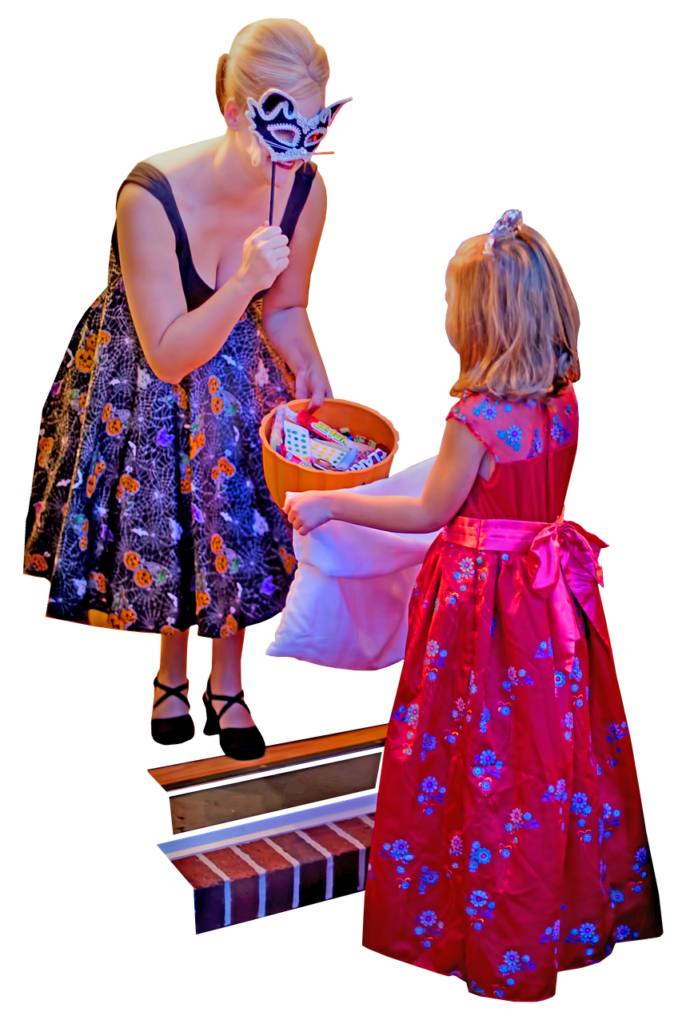
2. Trick or treating arose from a custom known as “souling.”
Poor youngsters used to go door-to-door begging for food and money during the Celtic celebration of Samhain. According to Business Insider, children would promise to pray for the souls of their recently deceased loved ones in exchange for their generosity, which is how the action was given the moniker “souling.”
3. Immigrants from the 19th century popularized Halloween in the United States.
Despite the fact that colonial New Englanders were aware of Halloween, according to History.com, celebrations were limited due to their strong Protestant beliefs. The celebration didn’t become popular in America until the second part of the nineteenth century, when a wave of Irish and other European immigrants arrived.
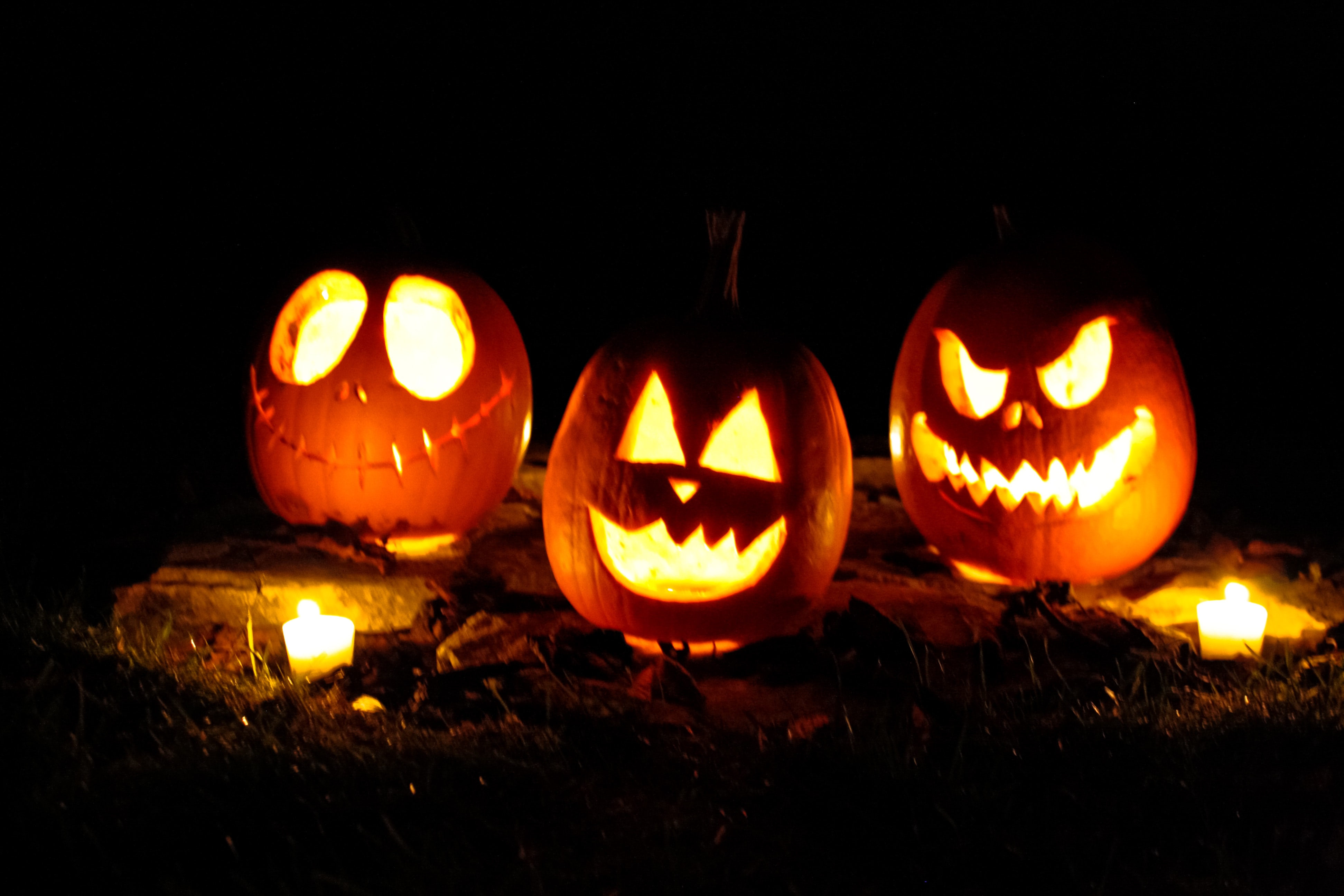
4. Irish folk stories about “Stingy Jack” inspired the creation of Jack-o’-lanterns.
After striking a deal with the devil, Stingy Jack was destined to wander the world at night for the rest of his life. He ignited a coal in a hollowed out turnip to lead his way, urging Irish and Scottish folk to do the same. However, when they eventually emigrated to America, they discovered that the native pumpkins had a better surface for carving.
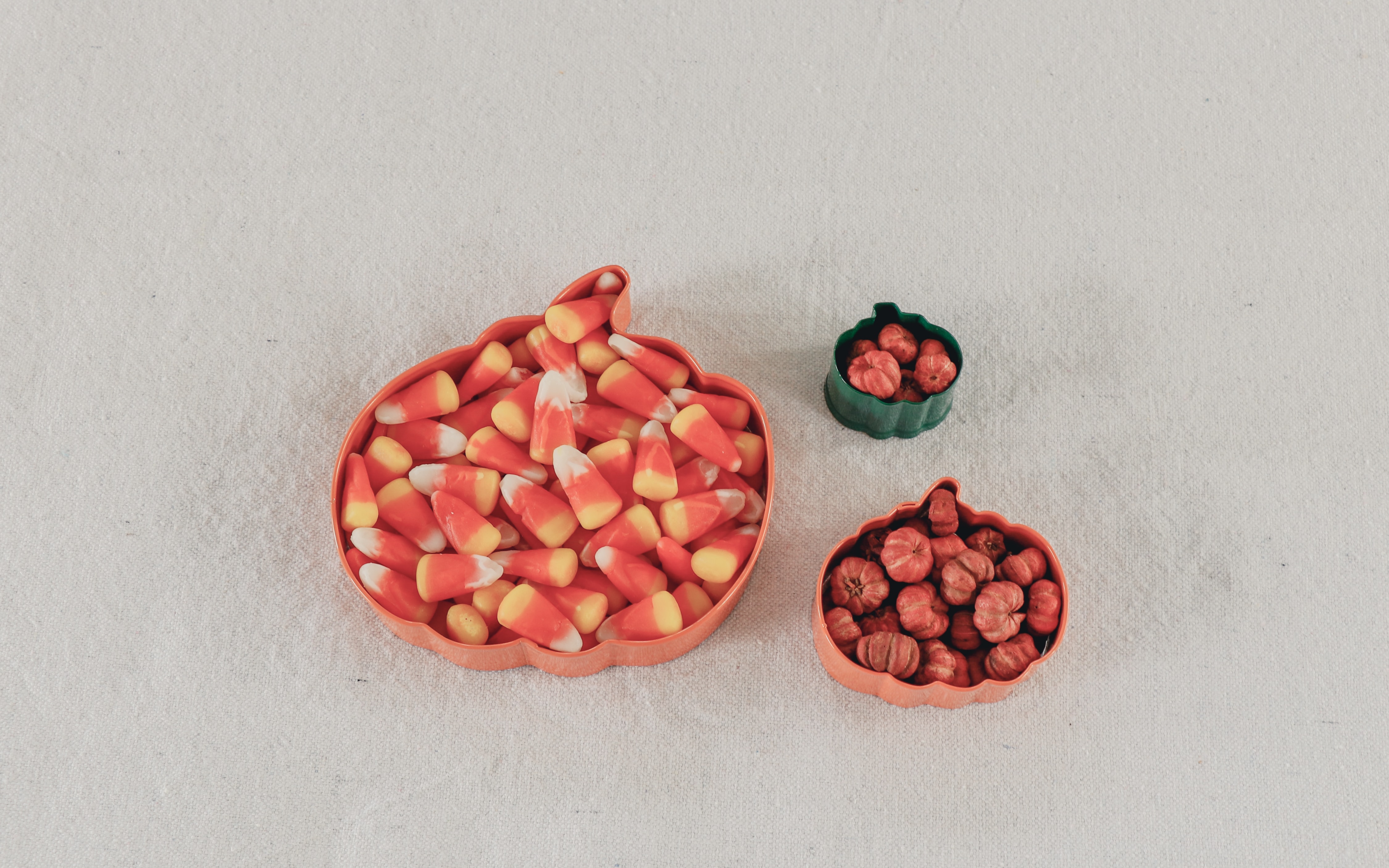
5. “Chicken feed” was the original name for candy corn.
Candy corns initially debuted on the market in the 1880s, according to History.com, when farmers made up over half of the American workforce. As a result, candies were frequently molded like agricultural shapes, such as chicken feed, which we now refer to as corn. Corn’s perception changed after World War I, when it was recognized as a human meal.
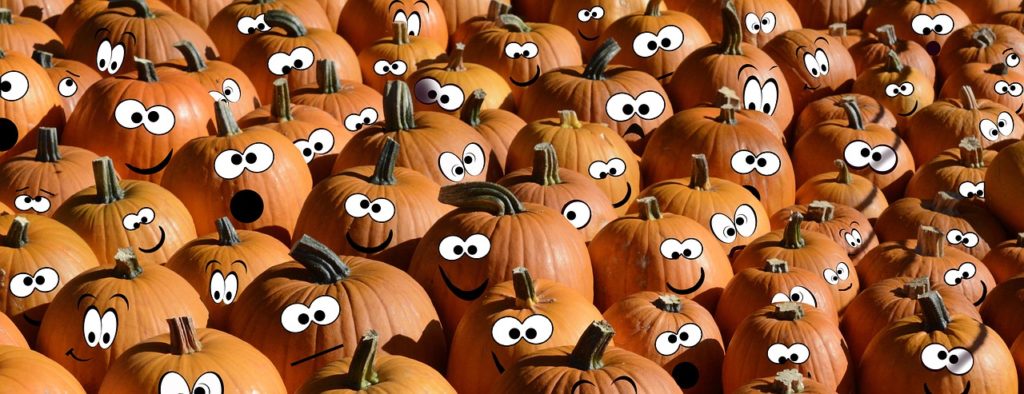
6. The city of Keene, New Hampshire, holds the record for the most illuminated jack-o-lanterns.
The City of Keene is the reigning champion in jack-o-lantern displays, having set a Guinness World Record by lighting 30,581 pumpkins in 2013. The city was the first to set a record in this category, and they’ve since broken it eight times, demonstrating their commitment to winning.
7. Halloween games were once popular among women as a way to discover more about their prospective husbands.
Although Valentine’s Day is now commonly recognized as the romantic holiday, Halloween was formerly associated with courtship. According to the New York Times, Halloween festivities in the early twentieth century often preyed on women’s desire for love. One game involved slicing an apple skin and tossing it over her shoulder, with the landing peel supposedly indicating her future suitor’s first initial.
8. Candy was not exclusively given out to trick or treaters until the 1970s.
According to History.com, trick or treating became popular in the United States in the 1930s, when it was normal to give out everything from homemade cookies to nuts, toys, and cash. In the 1950s, candy producers began marketing pre-packaged Halloween products, and 20 years later, it had become the most popular treat for kids.
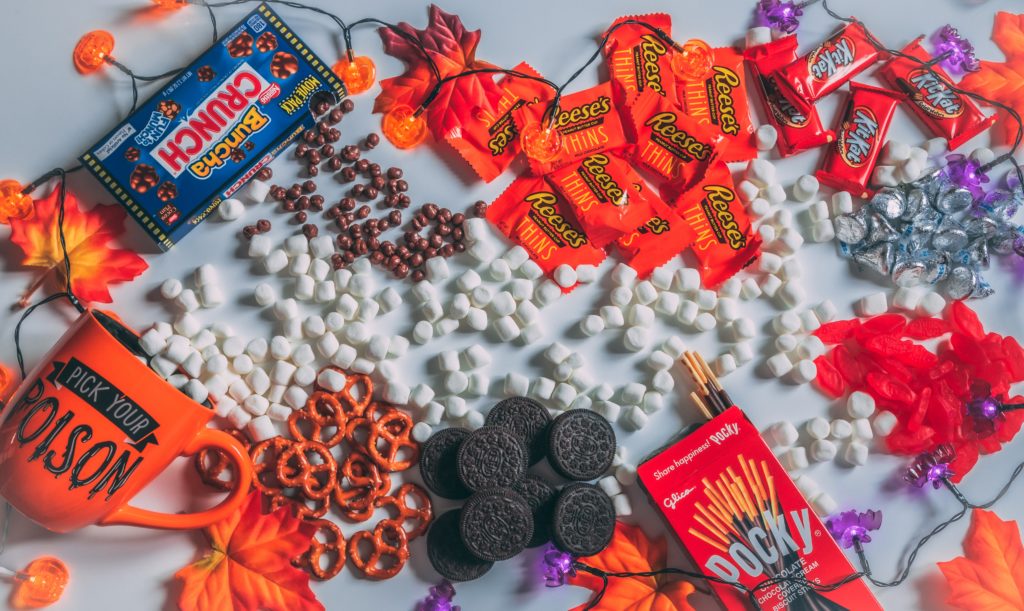
9. Candy has cost the United States over $3 billion in recent years.
Halloween spending in the United States set a new high in 2017, with $9.1 billion spent on the event. According to a poll conducted by the National Retail Federation, 95% of respondents planned to buy candy that year, resulting in a $2.7 billion overall spend on these festive treats.
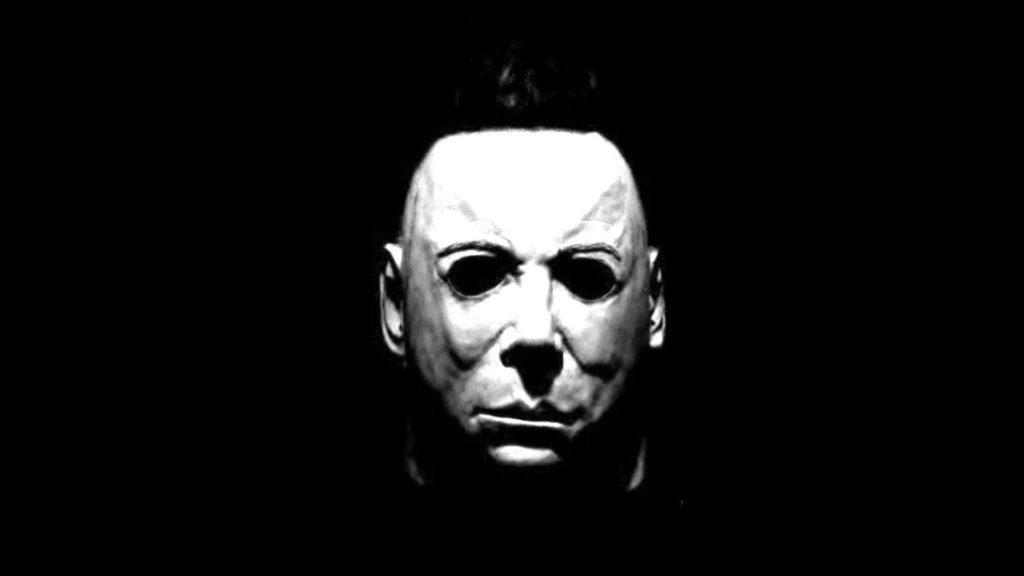
10. In Halloween, Michael Myers’ mask is a well-known celebrity’s face.
Although the iconic costume from this 1978 film is menacing, its origin is actually very hilarious. The film’s production designer Tommy Lee Wallace discovered a mask of William Shatner as Captain Kirk in Star Trek and was entirely inspired, according to the New York Times. To get the style we’re all familiar with now, the crew spray-painted it white.
11. Beggars’ Night is a unique event in Des Moines.
In most areas, trick or treaters merely need to show up dressed in character to receive their Halloween candy, but not in Des Moines. According to the Des Moines Register, children must perform a trick or tell a joke as part of their Beggars’ Night tradition in order to receive their share of candy.

12. The fastest time for carving a pumpkin is 16.47 seconds.
For most people, carving pumpkins is a relaxing pastime, but in 2013, competitive carver Stephen Clarke earned a Guinness World Record by cutting his masterpiece in just 17 seconds. The pumpkin had to have a nose, eyes, mouth, and ears in order to be considered.
Check out our other Blogs here.
